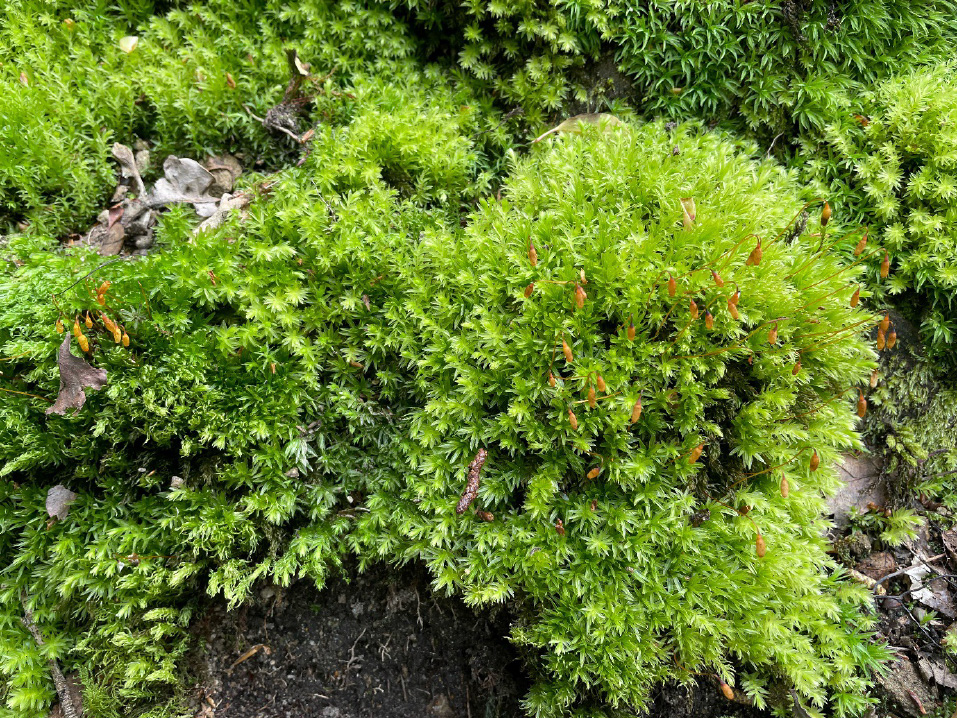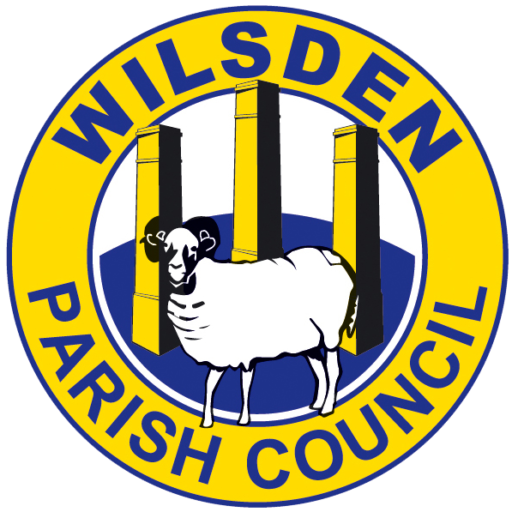In 2022 the Parish Council purchased Bilberry Bank, 12.5 acres woodland. Bilberry Bank has been known to generations of Wilsdeners as simply ‘The Banks’. The land has been walked on by the public for well over a century. When the land was offered for sale there was significant public demand for the land to be purchased by the Council so future generations could enjoy the area. A public fund raising campaign raised over £25,000 and the Parish Council took out a fixed interest loan for the balance.
The Aerial view shows the boundary of Bilberry Bank marked in green along with the existing Public Rights of Way marked in pink and the adopted road down Sandy Banks in blue. The Parish Council has dedicated the area as Open Access Land under Section 16 of the Countryside and Rights of Way Act 2000. This gives full access to the area on foot to walk, run and bird watch. Dogs must be kept on a short lead between March 1st and July 31st. There are a number of restrictions on what you can do on the land including driving a vehicle, riding a horse or bicycle. Full details of what can and can’t be done will be given on notices at the main entry points.
If you cannot see the borders below in your browser please enable cookies which are usually found in your browser settings.
Bilberry Bank will be managed as a diversity rich local green space. The main management focus will include reducing bracken in selected areas, encouraging bilberries and thinning holly. Bracken clearance will concentrate on the open area under the overhead power cables. Bilberry growth will concentrate on thinning the woodland canopy of birch and holly in selected areas.
History of Bilberry Bank
The land was a part of Lee Farm until the 1980s and its coarse grass was occasionally grazed by the dairy herd. The residents of Wilsden were accustomed to being able to walk freely on Bilberry Banks from at least 1890 and early photos show the land had an open sandy aspect.
From the mid 1960’s scrub and trees started to grow on the heathland and now dominate the area.
The area includes the former Pinfold or Animal Pound where animals found straying were penned up until either a fee was paid or a child could drive them home. This is believed to built in about 1680 at a similar time as an endowed school was built at the neighbouring Bank Bottom Cottage. This has been largely overgrown but the Parish Council has plans to restore it.
Historical Photos
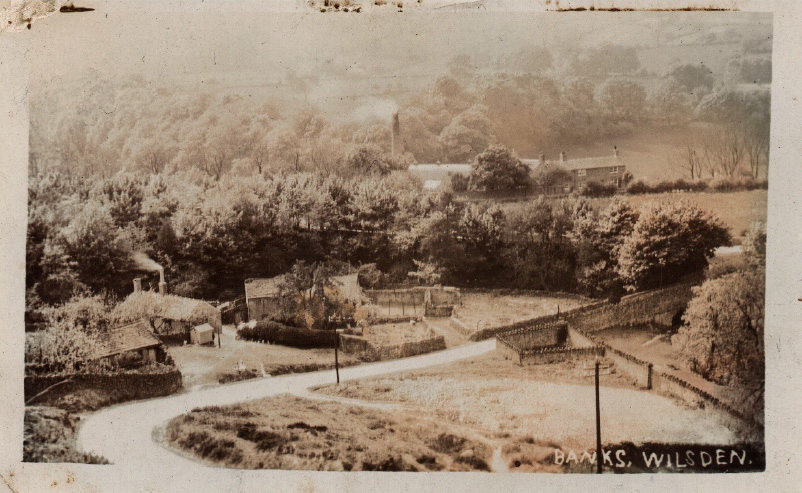
Bilberry Bank
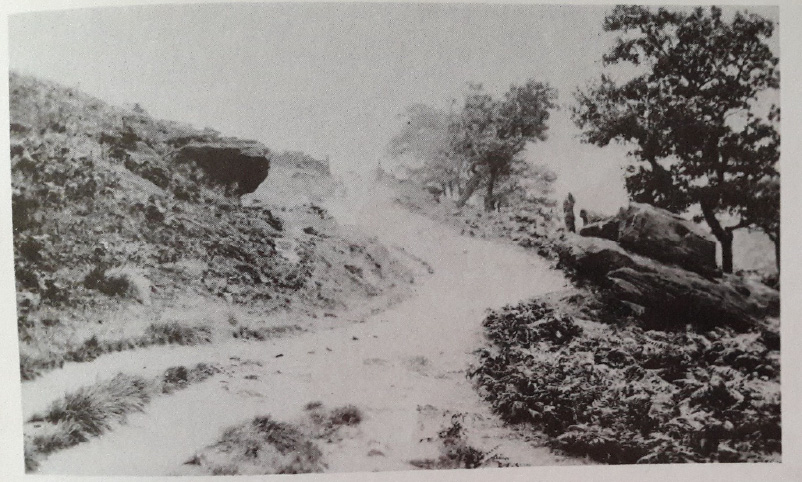
Bilberry Bank
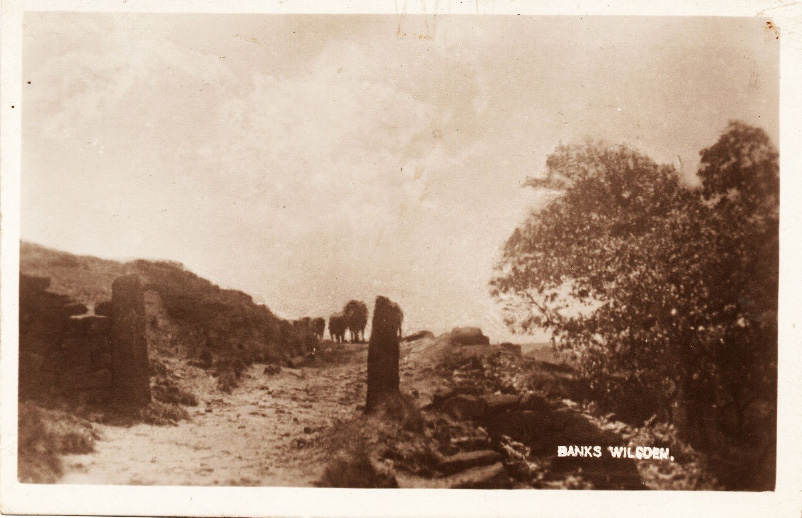
Bilberry Bank
Bilberry Bank Today
The sloping site is west facing with Bank Top Quarry on the eastern boundary and Wilsden Beck on the west. The area is predominantly woodland with birch being the most common species followed by oak, beech, ash, mountain ash, sycamore and holly. The birch and holly have mainly grown in the last 50-70 years and they are responsible for much of the change in habitat over that period. An electricity cable runs north to south through the site and this has resulted in a roughly 10m wide strip of cleared woodland. Bracken is widespread and this can restrict other plants. The bilberry which gives the area its name has been restricted in recent years as it is overshadowed by birch and holly.
The Parish Council has taken advice from a number of experts and concluded that by making small scale selective changes to the management of the area we can improve the biodiversity by encouraging other habitats to survive. The two areas the initial work are supressing the bracken in the open strip under the power cable to encourage other species to grow and the selective thinning of birch and holly. In 2024 initial work was carried to clear the bracken which will need to be repeated at least once a year for a number of years before growth is sufficiently supressed.
There are a wide range of woodland plants and flowers including honeysuckle and native bluebell.
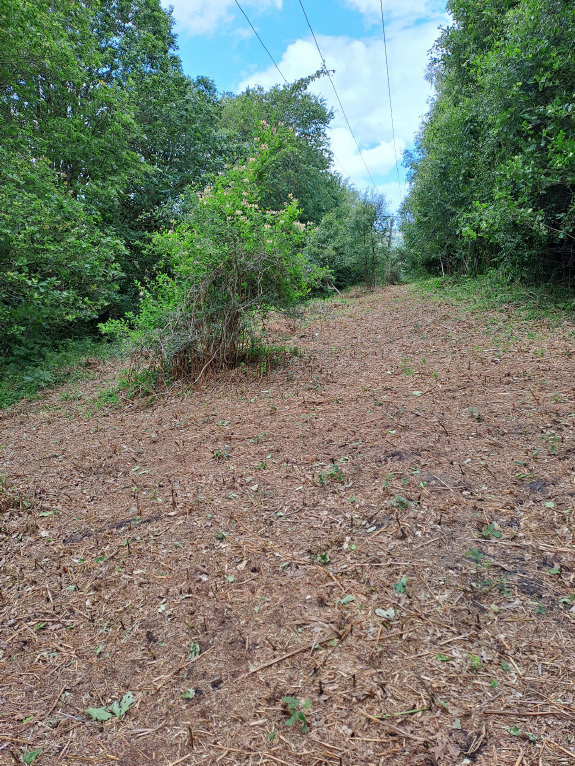
Bilberry Bank
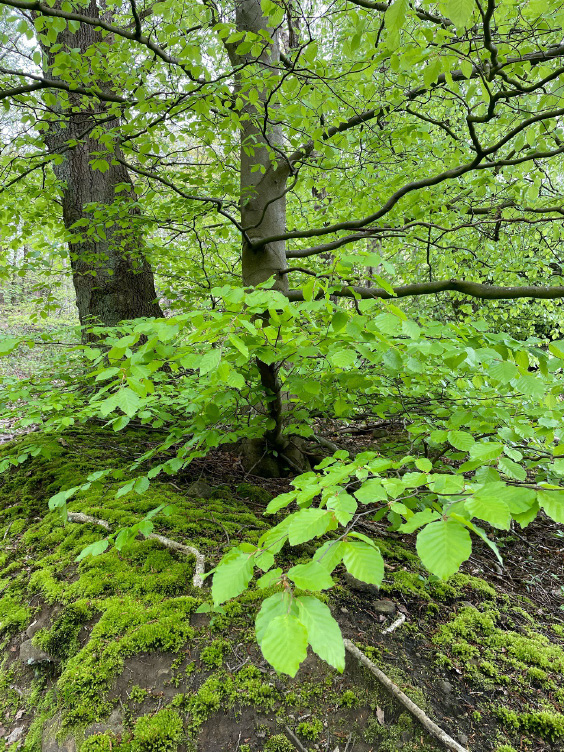
Bilberry Bank
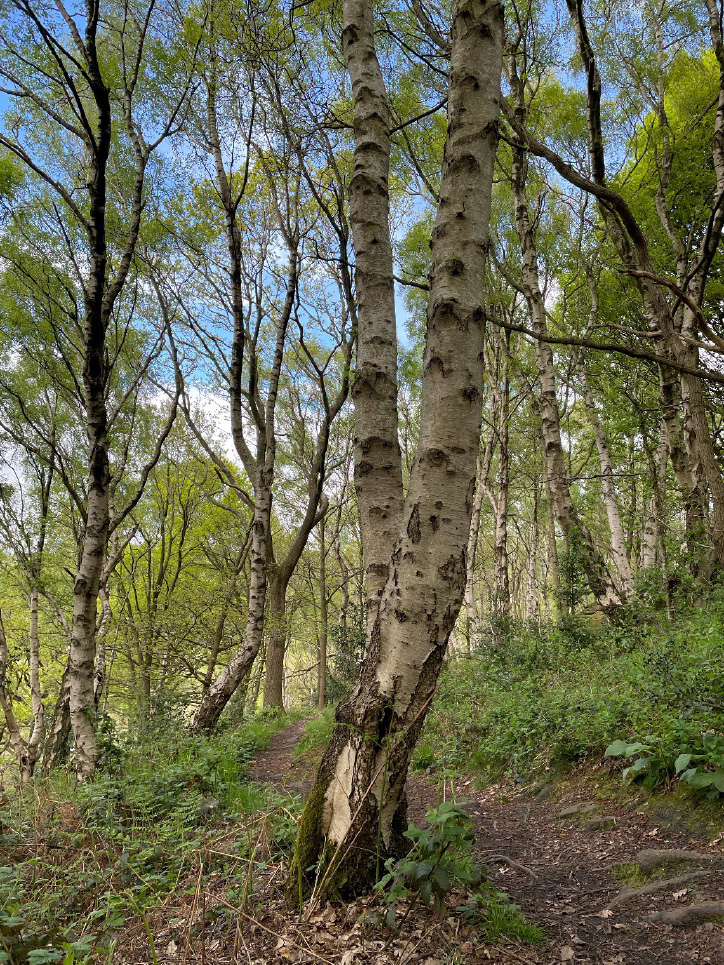
Bilberry Bank
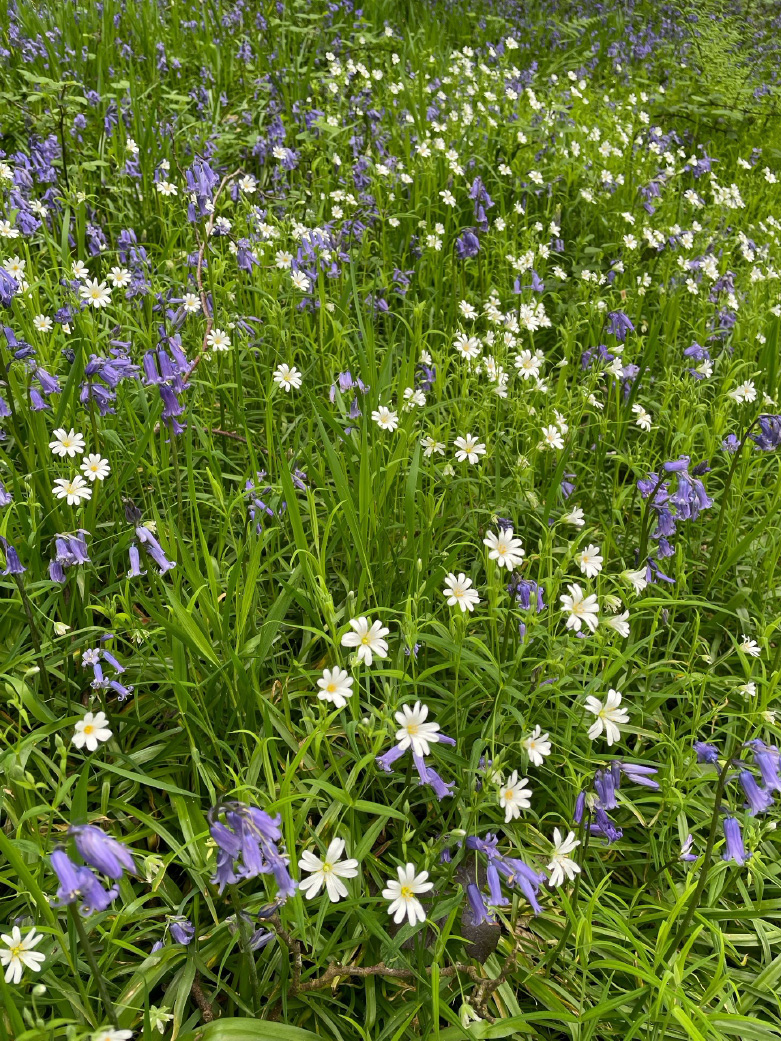
Bilberry Bank
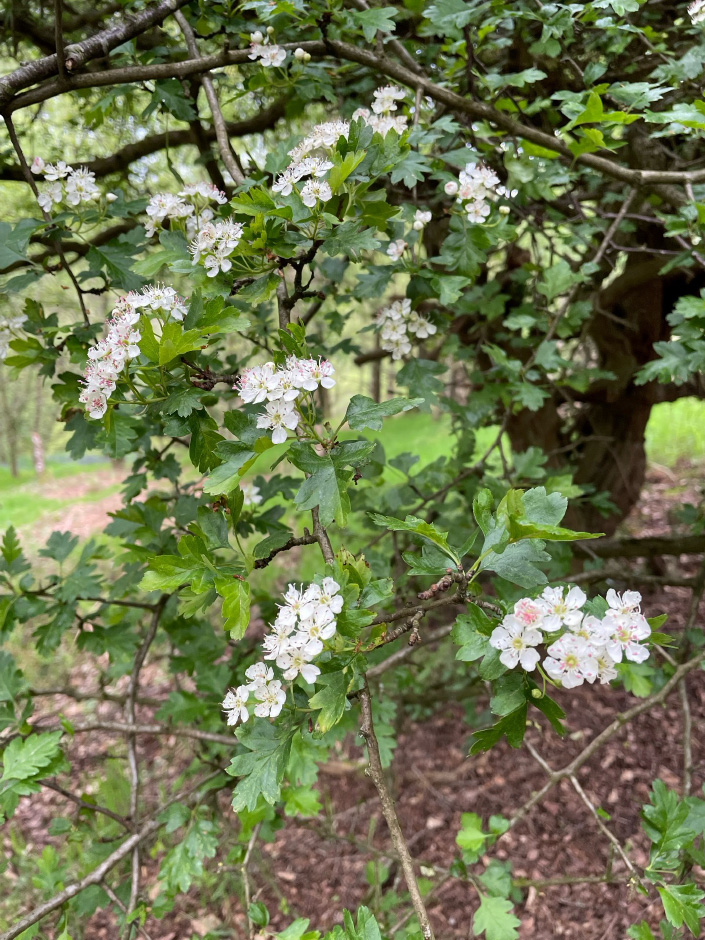
Bilberry Bank
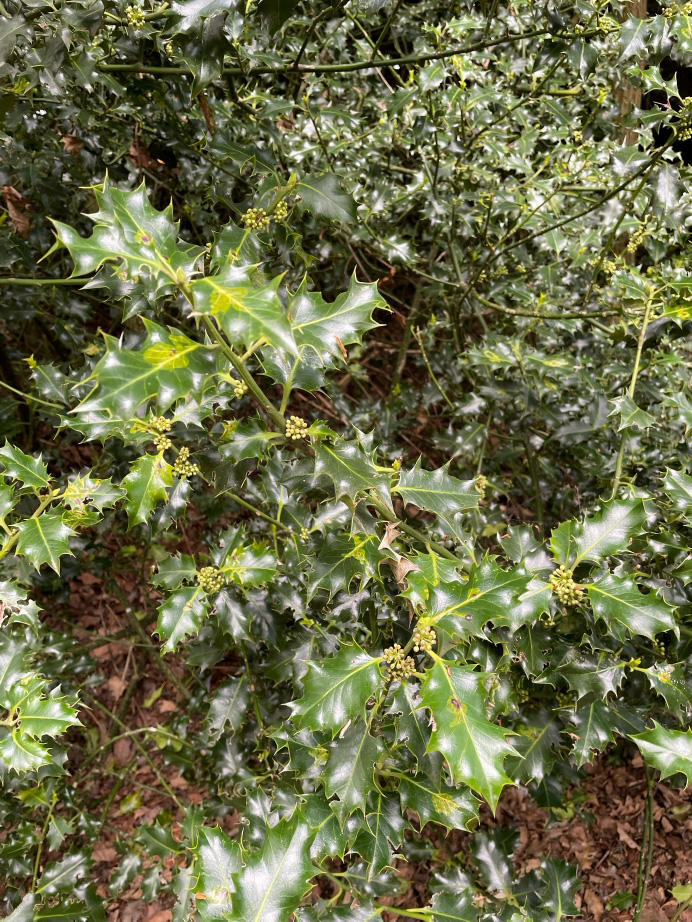
Bilberry Bank
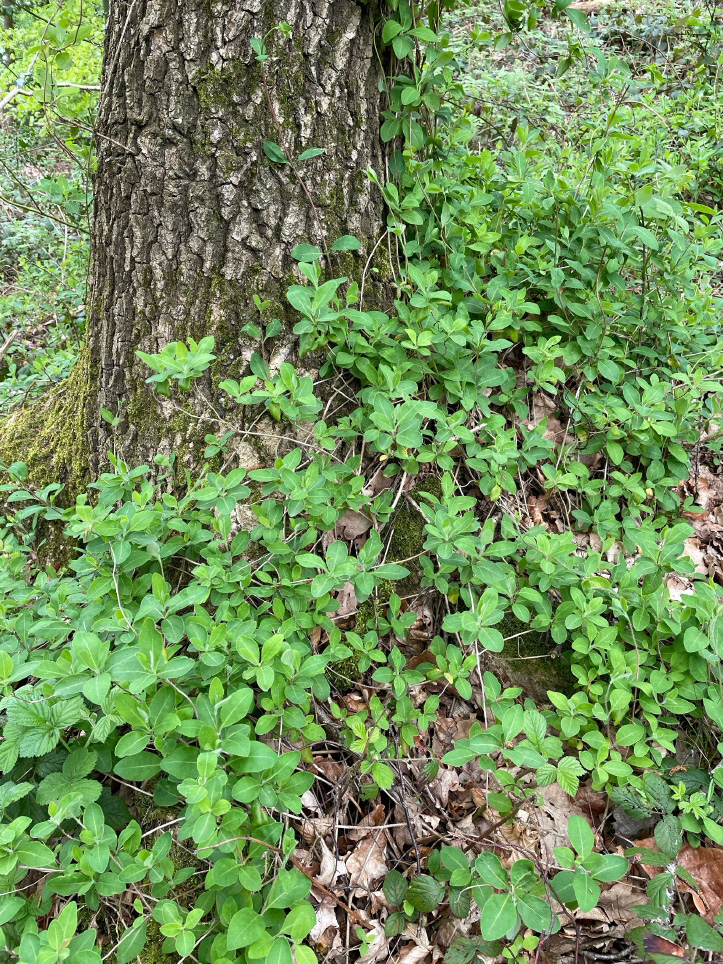
Bilberry Bank
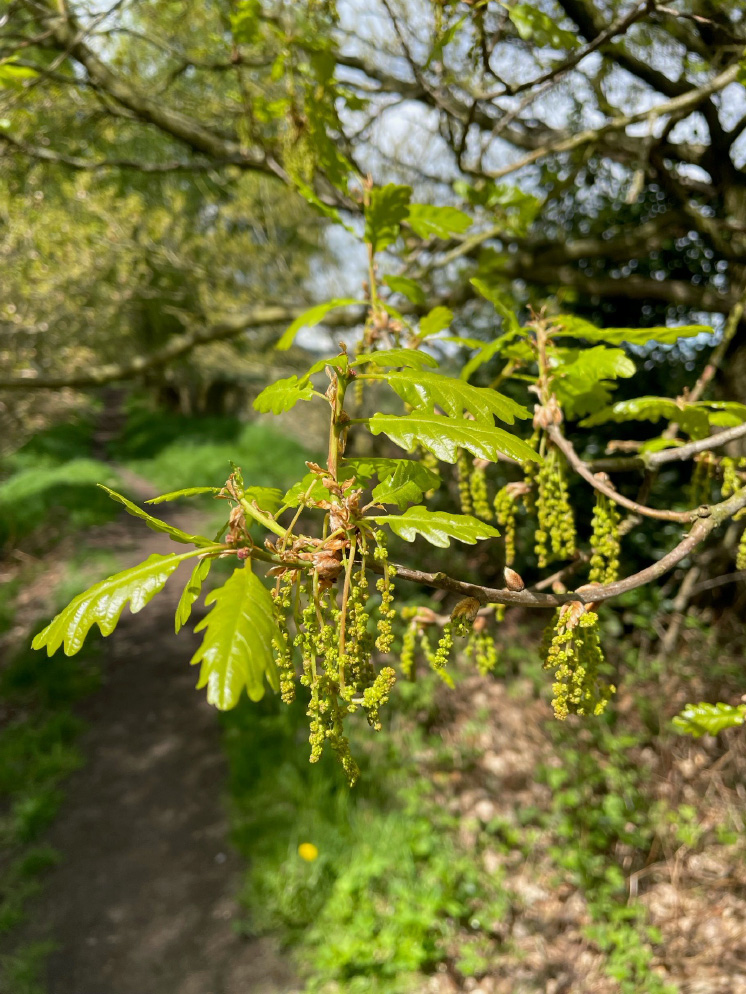
Bilberry Bank
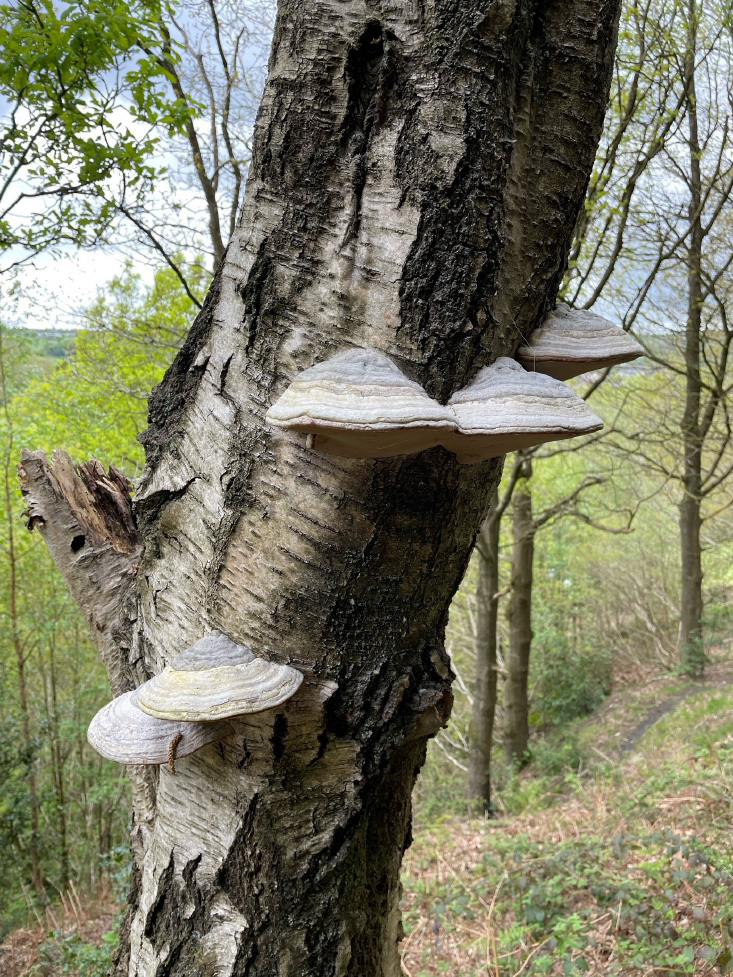
Bilberry Bank
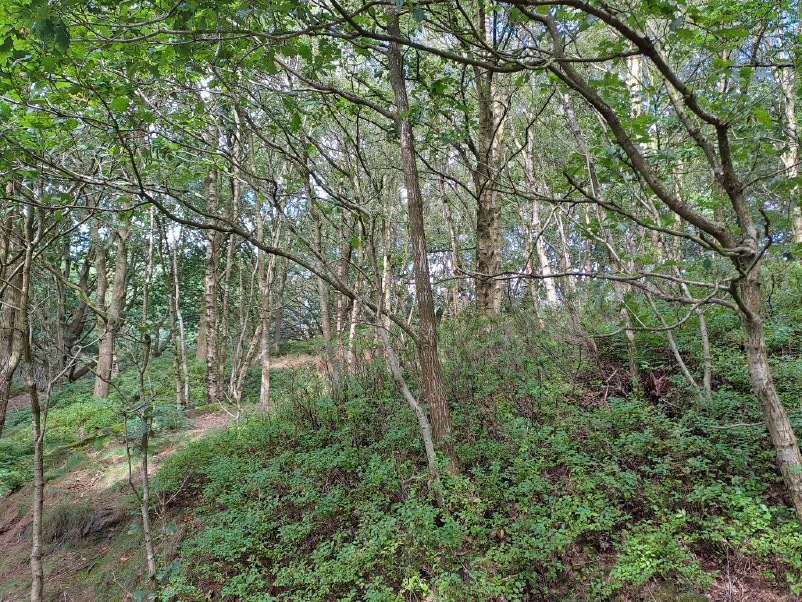
Bilberry Bank
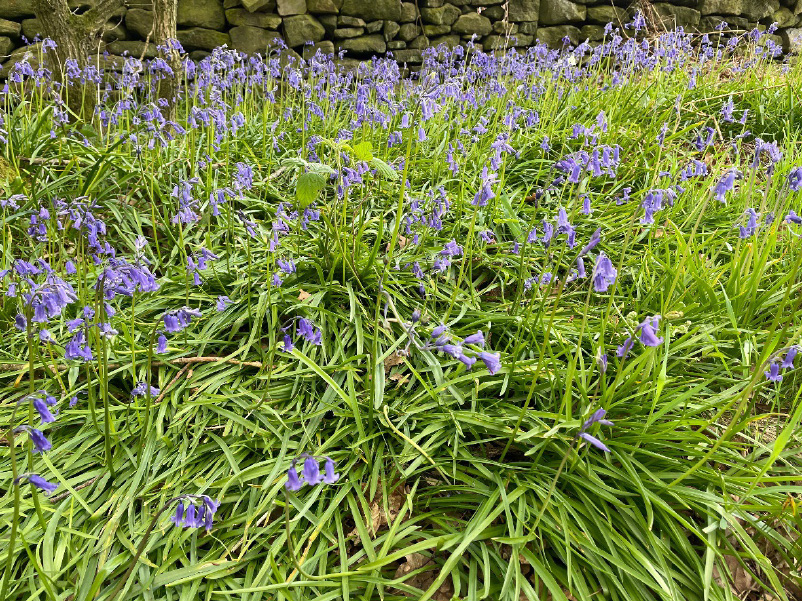
Bilberry Bank
